$49.97 Original price was: $49.97.$34.98Current price is: $34.98.
SKU: D2LSC 1988617152 Category: Clematis Vines
- Secure Shopping Starts with Safe Payments
- Effortless solutions, excellent customer care.
- Multiple payment methods, safe and reliable
- 7 days free returns

‘Ines’ Clematis
Clematis ‘Ines’ Evipo059 PP28671
Plant Details
USDA Plant Hardiness Zones: 4a-9b Find Your Zone
Plant Type: Flowering Vine
Height or Length at Maturity: 3-4′
Width at Maturity: 2′
Spacing: 2′ apart to cover low fences
Spacing: 2′ apart to cover low fences
Growth Habit / Form: Climbing, Twining
Growth Rate: Moderate to Fast
Flower Color: Lavender, Blue with Red Bar
Flower Type: Single
Flower Size: 4-5″
Flowering Period: Early to Late Summer and again in Fall
Flowering Period: Early to Late Summer and again in Fall
Fragrant Flowers: No
Foliage Color: Green
Fragrant Foliage: No
Sun Needs: Full Sun to Part Shade
Water Needs: Average
Soil Type: Clay (Amend heavy clay to ensure good drainage), Loam, Sandy, Silt
Soil Drainage: Moderate to Moist but Well Drained
Soil pH: 5.5 – 7.0
Maintenance / Care: Low
Pruning Group: 3
Attracts: Butterflies, Hummingbirds, Beneficial Pollinators, Visual Attention
Resistances: Deer, Disease, Heat, Humidity, Insect, Black Walnut
Description
If you love purple and blues but don’t have much space for a larger and more aggressive vine, you can enjoy the mesmerizing flowers of the reblooming Ines Clematis in smaller garden spaces and containers. From early to late summer and again in the fall, abundant 4 to 5 inch diameter flowers feature indigo to purple petals with wavy edges that surround contrasting red gray anthers. Ines is a spectacular addition to any small garden and perfect for growing on an obelisk or trellis in containers!
Landscape & Garden Uses
Growing only 3 to 4 feet tall and 2 feet wide, the Ines Clematis is ideal for covering a short trellis or fence, obelisk, mailbox post and other structures. Also a fine selection for growing in pots, planters or tubs that can be situated on patios, decks and around other outdoor living spaces where the amazing flowers can be viewed from close up. A fine addition to Clematis gardens, purple theme gardens, cut flower gardens, and cottage gardens.
Suggested Spacing: 2 feet apart to cover fences, trellises, and walls
Growing Preferences
This Clematis is easy to grow in a moist but well-drained soil of average fertility and full sun to part shade. Though it tolerates dry periods when established, it will appreciate an occasional watering in prolonged periods of dry weather. Make sure not to plant this one too deep as it tends to smother the plant. See pruning instructions just below.
Clematis Pruning Group 3
Clematis in Group 3 consist of late-flowering species that bloom from mid-summer into fall. This group flowers on the last 2 to 3 feet of the current season’s growth (new wood). They are easy to prune because you do not need to maintain any old wood. In February or March, cut each stem to a height of 1 or 2 feet. Although you will be removing good stems and buds, this treatment keeps these vigorous growers in bounds. If not pruned, these vines will quickly become a mass of old diseased woody stems producing very few flowers. Always make sure to leave two good buds below where you make your cut. New growth will emerge from these buds to produce the current seasons vines and blooms.
Helpful Articles
Click on the link below to find helpful advice from our experts on how to plant and care for Clematis vines
How To Plant A Clematis
How To Prune A Clematis
Plant Long & Prosper!
Questions? Contact Us!
I was looking for a smaller sized Clematis to fit into a shared flower bed with our neighbor and this fits perfectly. Although only a gallon sized plant, it arrived with a couple of flower buds and looking forward to the blooms.—————————————-We are so glad you are pleased and we hope you and your neighbor enjoy it for years to come! Thanks for the kind words and great review! 🙂 Beth Steele | WBG
Be the first to review “Ines Clematis – 1 Gallon Pot” Cancel reply
Related products
Sale!
Clematis Vines
Sale!
Clematis Vines
Sale!
Clematis Vines
Sale!
Clematis Vines
Sale!
Clematis Vines
Sale!
Clematis Vines
Sale!
Clematis Vines
Sale!
Clematis Vines



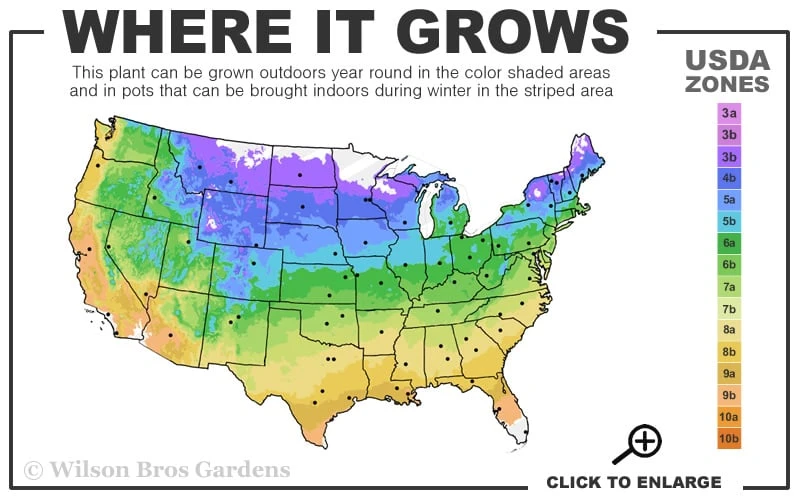



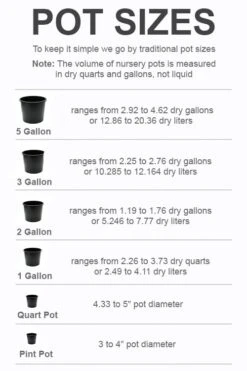
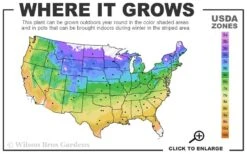
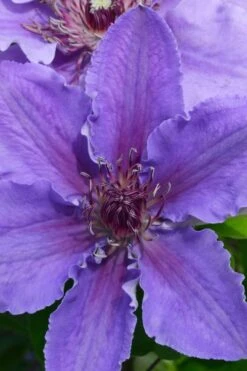
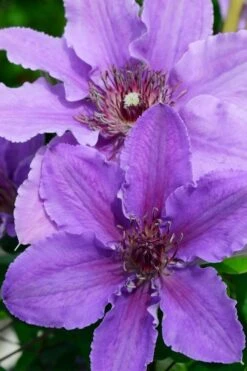









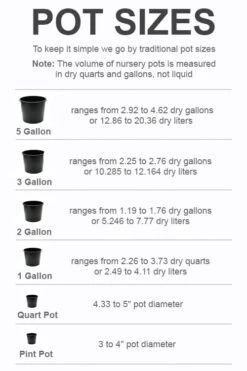
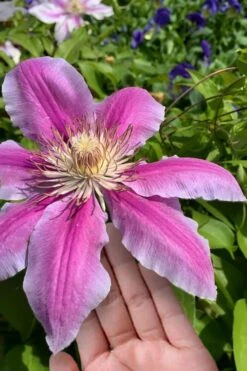
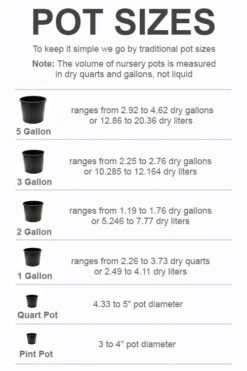


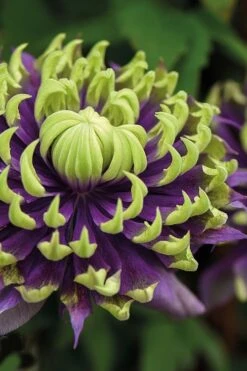
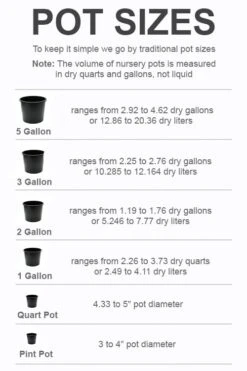
Reviews
There are no reviews yet.